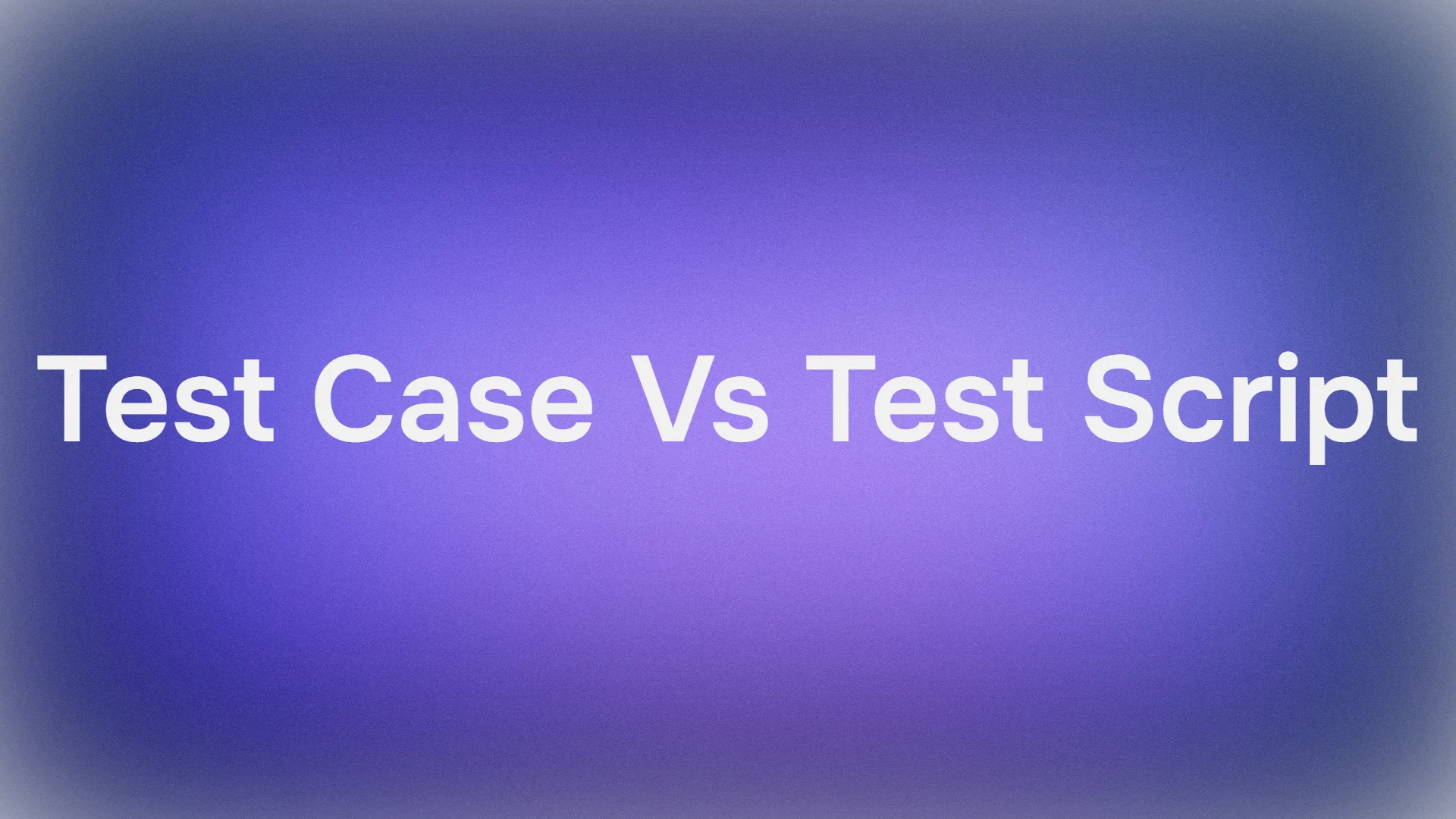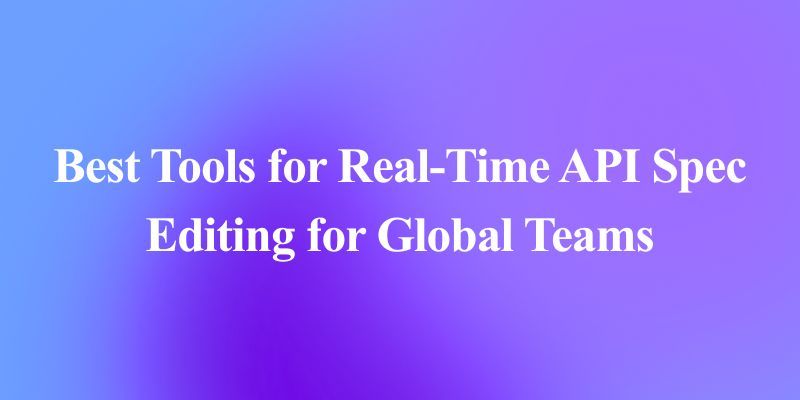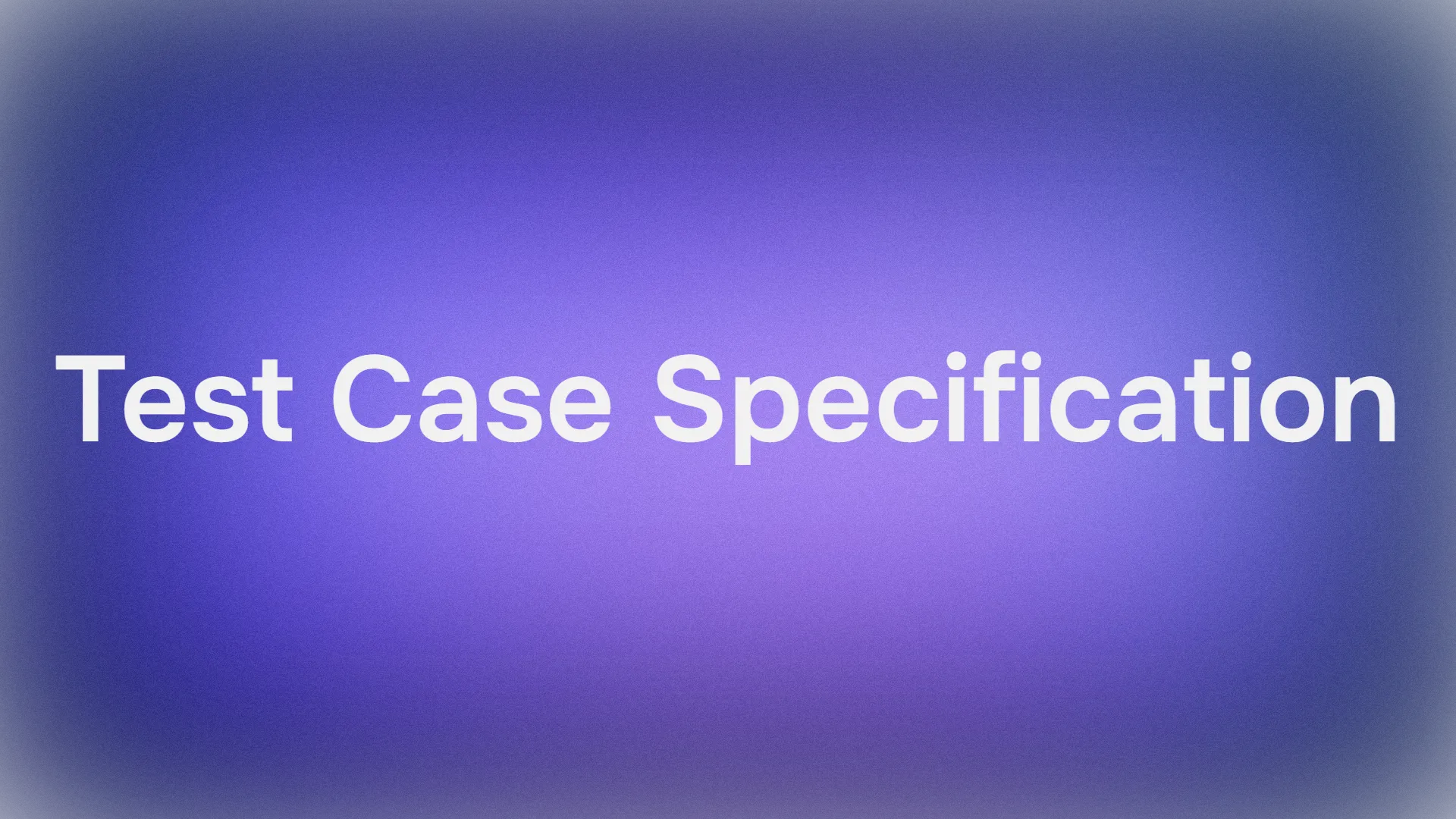In programming and software development in general, Application Programming Interfaces (APIs) play a crucial role in communication between applications. But with various API styles available, developers often face a dilemma: choosing the right one for their project. This article explores the common API design choices - REST, GraphQL, gRPC, and SOAP - to equip developers with the knowledge to make informed decisions.
REST: The Established Standard
Representational State Transfer (REST) is the long-standing champion of web APIs. Its simplicity and adherence to HTTP principles (verbs like GET, POST, PUT, DELETE) make it easy to learn and implement. REST relies on well-defined resource URLs and leverages common data formats like JSON or XML for data exchange. This widespread adoption ensures broad developer understanding and readily available tools.
Advantages:
- Simple and familiar: REST's key strengths are its simplicity and familiarity. This stems from its reliance on existing HTTP concepts, making it an intuitive choice for developers with a background in web development.
- Widely adopted: Extensive developer experience and readily available tools.
- Scalable: Imagine a highway with many lanes. REST APIs are like that highway. They can handle a lot of traffic (requests from users) because they don't rely on keeping track of individual conversations (sessions) between clients and servers. Each request acts independently, so the system can easily add more lanes (servers) to handle the increased traffic without everything grinding to a halt. This makes REST APIs well-suited for applications that expect a large number of users or frequent interactions.
- Interoperable: Think of REST APIs like universal adapters for electronic devices. They use common standards (like HTTP verbs and data formats) that many systems already understand. This allows different systems, regardless of their origin or programming language, to communicate seamlessly with each other through REST APIs. This makes it easier to integrate REST APIs into existing infrastructure and connect various applications without needing custom solutions for each connection.
Disadvantages:
- Over fetching data: For complex data, you might need to make several REST calls to get everything you need, which can slow things down.
- Limited data control: Because of the way the server is designed, the server decides what data to send you in response to your request, so you might not always get exactly what you want.
GraphQL: Client-Driven Efficiency
GraphQL offers a more client-centric approach. It utilizes a single endpoint and a powerful query language, allowing developers to specify the exact data they need in a single request. This eliminates the need for multiple REST calls and optimizes data transfer. The flexible schema empowers clients to request specific data structures, reducing response payload sizes and improving performance. However, GraphQL requires a more complex server-side implementation and may have a steeper learning curve for developers.
Advantages
- Efficient data fetching: No more fetching extra data you don't use. Ask for specific pieces of information and GraphQL delivers them in one request, making things faster.
- You're in control: Tell GraphQL exactly what data you want, and it will give it to you in the format you need.
- Flexible data structure: Need data organized in a specific way? GraphQL can handle it, allowing you to request the data structure that best suits your needs.
Disadvantages
- Learning curve: GraphQL has its own way of asking for data, so there's a bit more to learn compared to REST APIs.
- More work for the server: Setting up a GraphQL server can be more complex than a REST API, requiring some additional development effort.
gRPC: High-Performance Champion
gRPC (Remote Procedure Calls) is an open-source framework designed for high-performance communication between services. Built on top of HTTP/2, gRPC utilizes Protocol Buffers, a language-neutral schema definition format for data serialization. This combination offers exceptional speed and efficiency, making it ideal for real-time communication and microservices architectures. However, gRPC requires adopting a new ecosystem of tools and libraries, and its focus on performance might be overkill for simpler use cases.
Advantages:
- High performance: Leverages HTTP/2 and Protocol Buffers for exceptional speed and efficiency.
- Strong typing: Ensures data integrity and reduces errors.
- Ideal for microservices: Well-suited for communication within distributed systems.
Disadvantages:
- New ecosystem: Requires adopting new tools and libraries compared to REST.
- Overkill for simple use cases: Might be unnecessary complexity for non-performance-critical applications.
SOAP: The Legacy Player
Simple Object Access Protocol (SOAP) is a mature XML-based protocol that dominated the early days of web services. SOAP enforces a strict structure using WSDL (Web Services Description Language) for defining API contracts. While offering strong security and interoperability features, SOAP's verbosity and complexity can hinder development speed and readability. Due to its heavyweight nature, SOAP has been largely overshadowed by more lightweight and flexible API styles.
Advantages:
- Security: Enforces strong security measures for data transmission.
- Interoperability: Well-suited for enterprise integration with legacy systems.
- Standardized: Clear structure and defined contracts using WSDL.
Disadvantages:
- Verbose and complex: XML-based structure can be cumbersome to work with.
- Steep learning curve: Requires understanding of SOAP specifications and WSDL.
- Less flexible: Limited data control compared to GraphQL or REST.
Choosing the Right Weapon
Imagine building a house. You wouldn't use a hammer to put in screws, or a screwdriver to hammer nails. Just like choosing the right tools is essential for efficient construction, selecting the appropriate API style is crucial for building robust and efficient web services. The wrong API choice can lead to:
- Wasted Development Effort: An API that's overly complex for your needs can lead to unnecessary development time and resources.
- Performance Bottlenecks: Choosing an API not optimized for speed can result in sluggish applications, impacting user experience.
- Integration Challenges: APIs designed for different purposes might not integrate seamlessly with your existing systems, creating compatibility issues.
- Maintenance Headaches: APIs with poor structure or documentation can become difficult to maintain and update as your project evolves.
By understanding the strengths and weaknesses of each API style (REST, GraphQL, gRPC, SOAP), developers can make informed decisions that align with their project's specific requirements. This introductory section sets the stage for the article, highlighting the significant impact choosing the right API has on the development process and the final product.
API Development with Apidog

Regardless of the chosen API style, efficient development tools are crucial for success. Apidog is a powerful API management platform that empowers developers throughout the entire API lifecycle, from design to testing and deployment. Similar to Postman, Apidog offers a user-friendly interface for crafting API requests, mocking server responses, and inspecting API documentation.
Apidog's Key Features:
- API Design: Visually design and document APIs using an intuitive interface.
- Testing & Debugging: Send test requests, validate responses, and debug API behavior.
- Mocking: Simulate server responses for development and testing purposes.
- Documentation Generation: Automatically generate clear and interactive API documentation.
- Collaboration: Share and collaborate on API definitions with your team members.
By leveraging Apidog's comprehensive features, developers can streamline their API development workflow, improve code quality, and ensure robust and well-documented APIs.
Conclusion
Selecting the right API style and utilizing effective development tools like Apidog are critical aspects of building efficient and successful web services. By understanding the strengths and weaknesses of each API approach, developers can make informed decisions that align with their project requirements.



